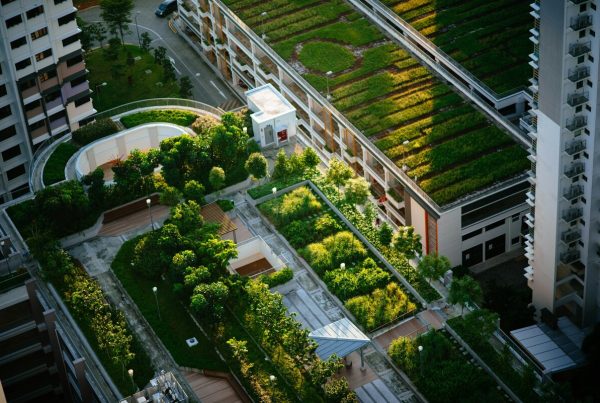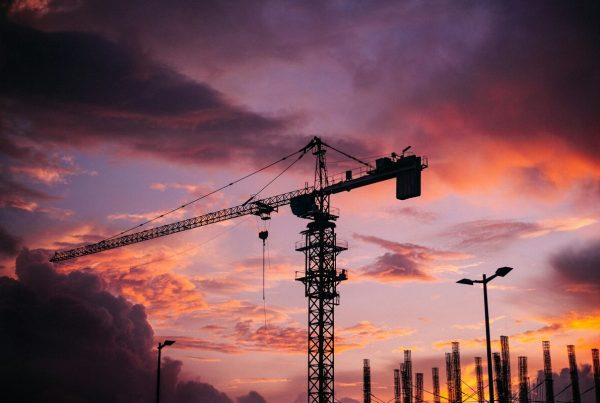China is gearing up to build over 7 million public housing in 2014 as a measure to combat rising real estate prices. That’s a lot of houses, and if done right could mean a significant boost to home ownership in the world’s most populous nation.
Traditionally, however, public housing—especially low-cost housing—has been synonymous with flimsy, inferior structures with planned obsolescence, ranging from 20 to 30 years. The Wall Street Journal reports that China’s economic boom in the 1980s led to a slew of building constructions, many of which however used sub-grade materials. Majority of those buildings are now nearing their expiration dates and consequently, building collapses in the country—some fatal, some luckily harmless—make the news more frequently than ever.
Now’s the time then to set things right, especially considering the massive scale of construction planned. Public housing doesn’t have to be abysmal, ugly, and cheap.
Hire Only the Best.
Public bidding often leads to hiring the contractor who could offer the lowest price for a project, unless the government proposes its very own to tackle the project. Bureaucracy aside, public housing needs to be handled by the best, not just by someone who could scrimp and cut costs at the expense of quality. A builder’s portfolio should speak for itself. The government has to be prepared a little extra for hiring the best.
Build with Premium Materials.
There’s the temptation to make do with sub-grade materials in an effort to cut costs. After all, it’s just public housing. We need to discard that mentality though and start treating public housing as a luxury project, fit only for premium-grade materials. With such attention to quality, the target number of built homes inevitably might be reduced. Still, the promise of stronger buildings amid threats of climate change and earthquakes makes it all worth it.
Subject the Project to LEED standards.
LEED shouldn’t be just for prestigious commercial projects or pampered rich homes. Even public housing needs to be as sustainable and energy-efficient as possible, especially given the scope of the project. A new breed of people also deserves to be made aware of the eco-friendly aspects of their dwellings, which hopefully they’ll carry over to their day-to-day lives. Of course China has its own home-grown rating system for eco-friendly buildings. Whether it’s LEED or Three Star, as long as the construction is planned with sustainability in mind, we’re good to go.
Finally, Make Public Housing Accessible to Those Who Need It.
Underground city dwellers made the news back in December, a dismal picture of the high cost of home ownership in many cities in China where some people are forced to rent seemingly rat-holes underground. This undignified way of living is an ironic situation that shouldn’t have a place in a supposedly industrialized First World nation, or any nation for that matter. Public housing needs to address that gaping hole in home ownership, making sure that those who most deserve it can finally have a true home they can call their own.










